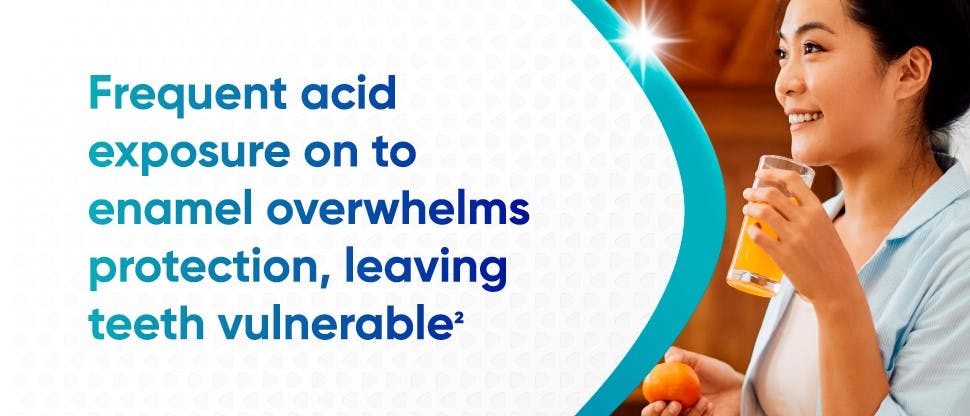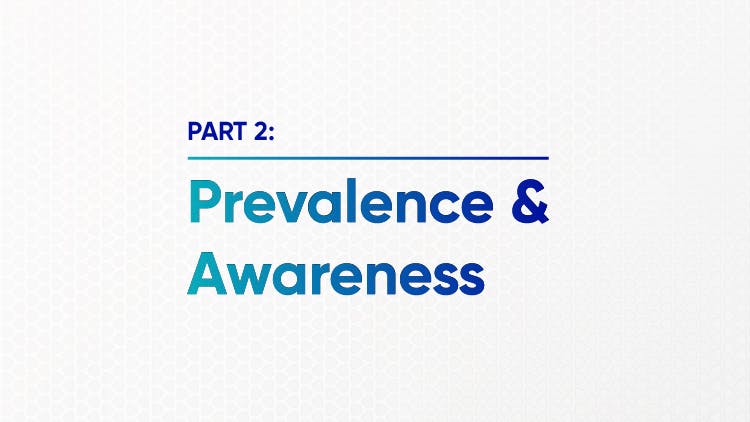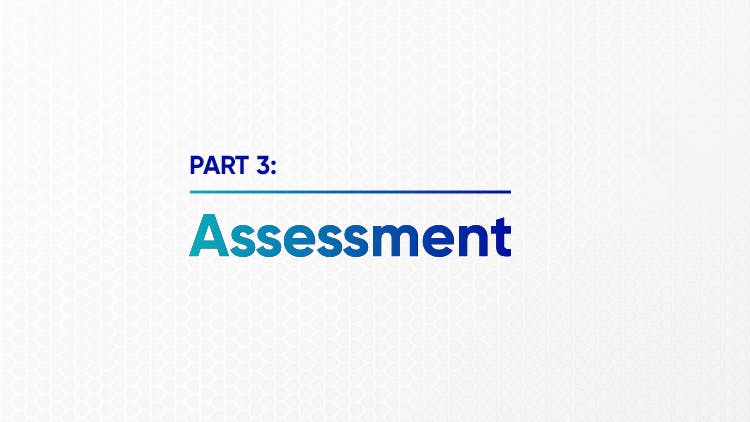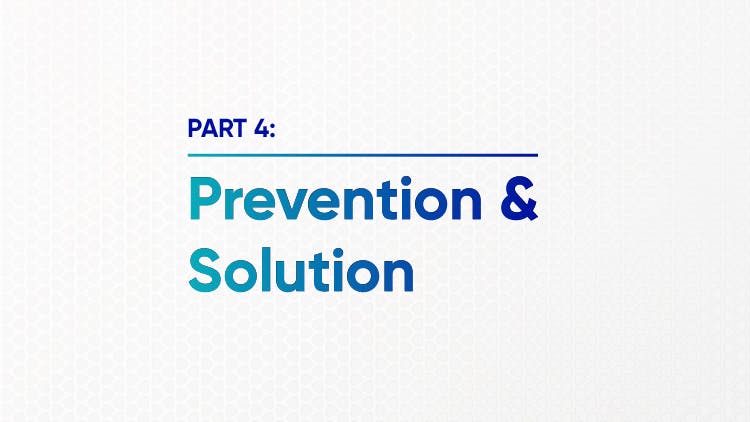What is Erosive Tooth Wear (ETW)?

Erosive Tooth Wear (ETW)
ETW is the cumulative loss of mineralized tooth substance with dental erosion being the primary cause.1 The term recognizes that although severe tooth wear rarely occurs without erosion, erosion almost always has a partner in crime.
“ETW is erosion combined with other forms of physical wear such as abrasion … and attrition,” says Professor David Bartlett, Head of the Centre for Oral, Clinical & Translational Science and Prosthodontics, King’s College London. “The term is an acknowledgement that with ETW, in most instances, you have a combined effect: chemical loss (erosion), and mechanical loss (wear).”

Frequent acid exposure
Scientists believe frequent acid exposure on to enamel overwhelms protection from the pellicle (the protective film over enamel that comes from saliva) and saliva, leaving teeth vulnerable.2 “The enamel, we believe, demineralizes… the outer surface of it, and some inner surface, loses the ions…into the saliva,” says David. “If you help stop that process, then that mineral bit can re-calcify, reharden.… If the acid effects on enamel are not repaired by saliva or fluoride toothpaste the surface remains porous and weak. If a mechanical process such as abrasion or attrition acts on that surface it can be worn away… And once that surface is lost, it is lost forever.”
Tooth wear is sometimes described as erosion, but erosion is just the opening act. Dr Jon Creeth, Principal Medical Affairs Scientist, Haleon, explains:
“Dietary acids soften enamel and can lead to erosion, but that really only sets teeth up for being vulnerable to wear through surface-to-surface contact.”3,4 When enamel is over-exposed to dietary acids, even toothbrushing can damage it.3,4 In addition to avoiding toothbrushing directly after consuming acidic food or drink, a toothpaste with a mild abrasive can help minimize the risk of erosion.5,6.
Find out more on erosive tooth wear




